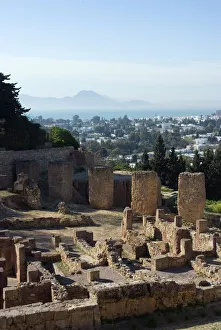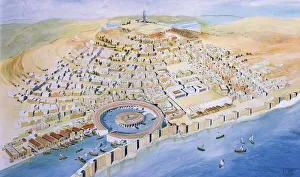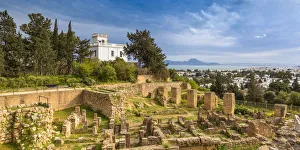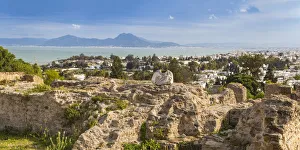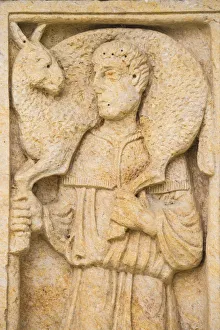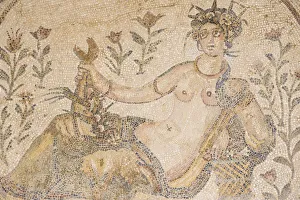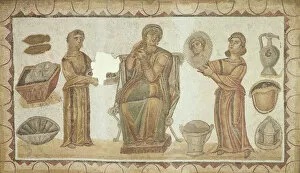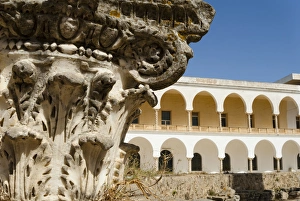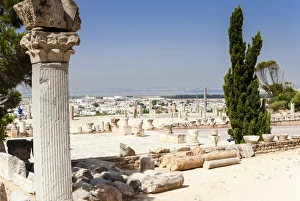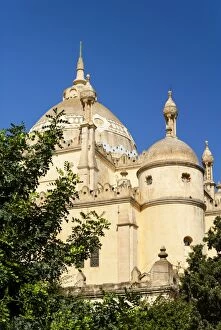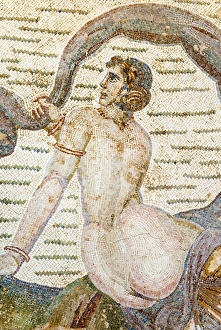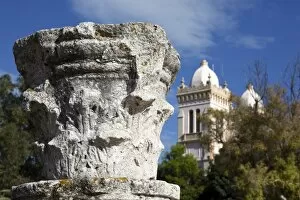Byrsa Hill Collection
Byrsa Hill, located in Carthage, Tunisia, is a captivating UNESCO World Heritage Site that takes you back to the ancient Punic civilization
All Professionally Made to Order for Quick Shipping
Byrsa Hill, located in Carthage, Tunisia, is a captivating UNESCO World Heritage Site that takes you back to the ancient Punic civilization. This historic site offers a glimpse into the rich history of Carthage and its significance in the Mediterranean world. Reconstructed with meticulous detail by architect J. M. Gassend, Byrsa Hill showcases the original Punic city and Hannibal's circular harbor from the late 4th to 2nd century B. C. The fresco captures the essence of this bustling port city, depicting not only the harbor but also the surrounding houses that were once part of its vibrant community. As you explore these ruins on Byrsa Hill, you'll come across various remnants of this ancient civilization. From reliefs to mosaics, each artifact tells a story of Carthaginian life and culture. One notable mosaic is "The Woman of Sidi Ghrib at her Toilet, " which provides an intriguing insight into daily routines during that era. Amidst these archaeological wonders stands St Louis Cathedral, a prominent landmark on Byrsa Hill. Its grandeur serves as a reminder of how different civilizations have left their mark on this hill over time – from Punic to Roman influences. Walking along Punic and Roman streets dating back to the 2nd century B. C. , you can almost imagine yourself transported back in time – witnessing traders haggling over goods or locals going about their daily lives. Byrsa Hill truly encapsulates centuries worth of history within its boundaries. It invites visitors to delve deep into Tunisia's past while marveling at its architectural achievements and cultural heritage preserved for generations to come.

